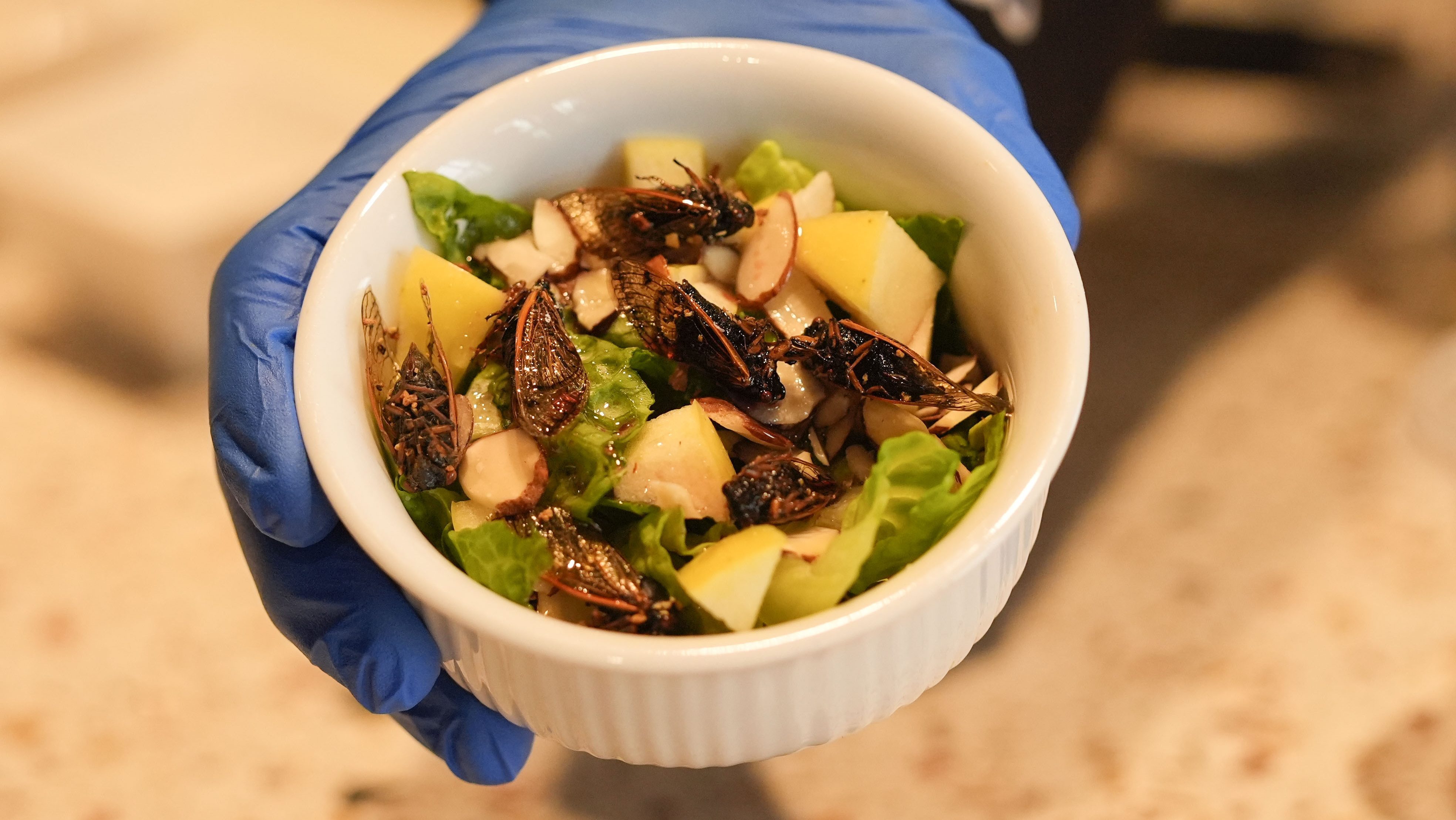Residents on the East Coast are bracing for the possibility that Hurricane Joaquin may lash the region with torrential rains, coastal flooding and gusty winds.
What should you do to prepare for a hurricane?
According to the National Oceanic and Atmospheric Administration, the most important step is to identify your hurricane risk. Do you live in an evacuation zone? Hurricane evacuation zones are areas that may be inundated by storm surge or isolated by storm surge waters.
The National Hurricane Center says a storm surge is dangerous because a mere six inches of fast-moving flood water can knock over an adult. It takes only one to two feet of rushing water to carry away most vehicles — including large pickup trucks and SUVs, the NHC said.
[NATL] Extreme Weather Photos: Record Heat Threatens Europe
Residents are advised to refer to their state’s Office of Emergency Management website for a list of potential high-risk zones.
"The most important thing residents can do is to make sure they’re prepared,” Red Cross executive director Lorri Powers said. “Now is the time to download the Red Cross Emergency App, finalize your evacuation plan and listen to the advice of local authorities. If you’re asked to evacuate, please do so immediately.”
U.S. & World
The Red Cross Emergency App sends location-based weather alerts from the NOAA and includes tips on how to assemble an emergency kit for your family in the event of a power outage or evacuation. It features an “I’m Safe” button that allows users to broadcast reassurance to family and friends via social media outlets that they are out of harms way. The app also helps users find the nearest Red Cross shelter and is available in Spanish.
Planning ahead will ensure that you and your household will know what to do and have the supplies you need to be safe wherever you are. FEMA recommends everyone have a basic disaster supply kit.
Stock Your Basic Disaster Supply Kit With These Items:
- Water, one gallon of water per person per day for at least three days, for drinking and sanitation
- Food, at least a three-day supply of non-perishable food
- Battery-powered or hand crank radio and a NOAA Weather Radio with tone alert
- Flashlight, wrench or pliers to turn off utilities and extra batteries
- First aid kit and a whistle to signal for help
- Dust mask to help filter contaminated air and plastic sheeting and duct tape to shelter-in- place
- Moist towelettes, garbage bags and plastic ties for personal sanitation
- Manual can opener for food
- Local maps
- Cell phone with chargers, inverter or solar charger
Additional Emergency Supplies:
- Prescription medications and glasses
- Infant formula and diapers; Feminine supplies and personal hygiene items
- Pet food and extra water for your pet
- Cash or traveler's checks and change
- Important family documents such as copies of insurance policies, identification and bank account records in a waterproof, portable container.
- Sleeping bag or warm blanket for each person.
- Complete change of clothing including a long sleeved shirt, long pants and sturdy shoes. Consider additional clothing if you live in a cold-weather climate.
- Household chlorine bleach and medicine dropper. When diluted, nine parts water to one part bleach, bleach can be used as a disinfectant. In an emergency, you can use it to treat water by using 16 drops of regular household liquid bleach per gallon of water. Do not use scented, color safe or bleaches with added cleaners.
- Fire extinguisher and matches in a waterproof container
Prepare Your Home:
- Clear your yard, if you have one. Make sure there's nothing that could blow around during the storm and damage your home.
- Cover up windows and doors outside. Use storm shutters or nail pieces of plywood to the window frames to protect your windows.
- Be ready to turn off your power. If you see flooding, downed power lines, or you have to leave your home, switch it off.
- Fill your sinks and bathtubs with water for washing in case you lose your water supply.
- Lower the thermostat in your refrigerator and freezer to the coolest possible temperature. If your power goes out, your food will stay fresh longer.
Prepare Your Car:
- Fill your car's gas tank.
- Check your car's emergency kit.
- Move cars and trucks into your garage or under cover.
Additional Resources:
- Environmental Protection Agency: Health and Environmental Safety
- U.S. Food & Drug Administration's: Food and Water Safety Guidelines.
- FEMA: Pet and Animal Emergency Planning, Evacuation Guidelines, Returning Home



